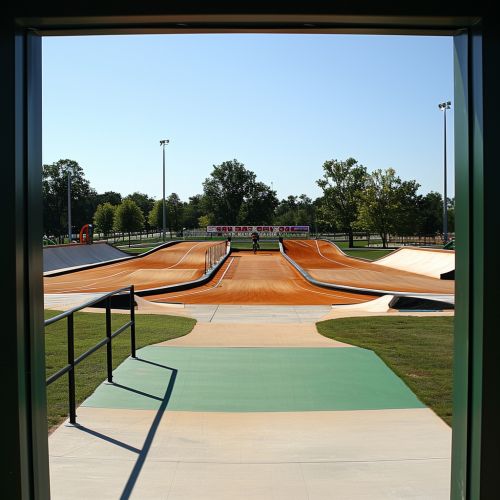BMX Racing in the Summer Olympics
Introduction
BMX Racing, a type of off-road bicycle racing, was introduced into the Summer Olympic Games in 2008. The sport is derived from motocross racing and is known for its high-speed action, jumps, and tight turns on a compact track. The inclusion of BMX racing in the Summer Olympics has brought a new dimension to the games, attracting a younger audience and introducing a fresh, dynamic sport to the traditional Olympic roster.


History
BMX racing has its roots in the late 1960s and early 1970s in Southern California, where children began racing their bicycles on dirt tracks, inspired by the motocross stars of the time. The sport quickly gained popularity and was formalized with the formation of the National Bicycle League in 1974.
The International Cycling Union (UCI) recognized BMX as an official cycling discipline in 1981, and the first UCI BMX World Championships were held in 1982. The sport continued to grow in popularity throughout the 1980s and 1990s, leading to its inclusion in the Summer Olympics in 2008.
Inclusion in the Summer Olympics
The decision to include BMX racing in the Summer Olympics was made by the International Olympic Committee (IOC) in 2003, with the first official Olympic BMX competition taking place at the 2008 Summer Olympics in Beijing, China. The inclusion of BMX racing was part of the IOC's strategy to modernize the Olympic Games and attract a younger audience.
The Olympic BMX competition consists of a time trial and a series of races. In the time trial, each rider races alone against the clock to determine seeding for the races. The races themselves are run in heats, with the top riders from each heat advancing to the next round. The final round determines the medal winners.
Olympic BMX Tracks
Olympic BMX tracks are typically around 350-400 meters long, with a series of jumps, banked corners, and other obstacles. The start of the race is critical in BMX racing, with riders jostling for position as they head into the first corner. The tracks are designed to be challenging and to test the riders' skill, speed, and nerve.


Rules and Regulations
The rules for Olympic BMX racing are set by the UCI. Riders must wear full-face helmets, long-sleeved jerseys, and long pants. Gloves and knee and elbow pads are also recommended. Bikes must meet certain specifications, including a maximum wheel diameter of 20 inches.
Riders are disqualified for intentionally causing a crash, or for impeding another rider's progress. The races are fast and intense, with riders often separated by just fractions of a second at the finish line.
Notable Olympic BMX Competitions
The first Olympic BMX competition in 2008 saw Maris Strombergs of Latvia and Anne-Caroline Chausson of France claim the gold medals. Strombergs went on to defend his title at the 2012 Olympics in London, becoming the first rider to win two Olympic BMX gold medals.
At the 2016 Olympics in Rio de Janeiro, Connor Fields of the United States and Mariana Pajón of Colombia took the gold medals. Pajón's win was her second consecutive Olympic gold, having also won in London in 2012.
Future of BMX Racing in the Olympics
BMX racing continues to be a popular event at the Summer Olympics, with the sport's high-speed action and thrilling races attracting a large and enthusiastic audience. The future of the sport in the Olympics looks bright, with the UCI and IOC committed to its continued inclusion in the Games.
